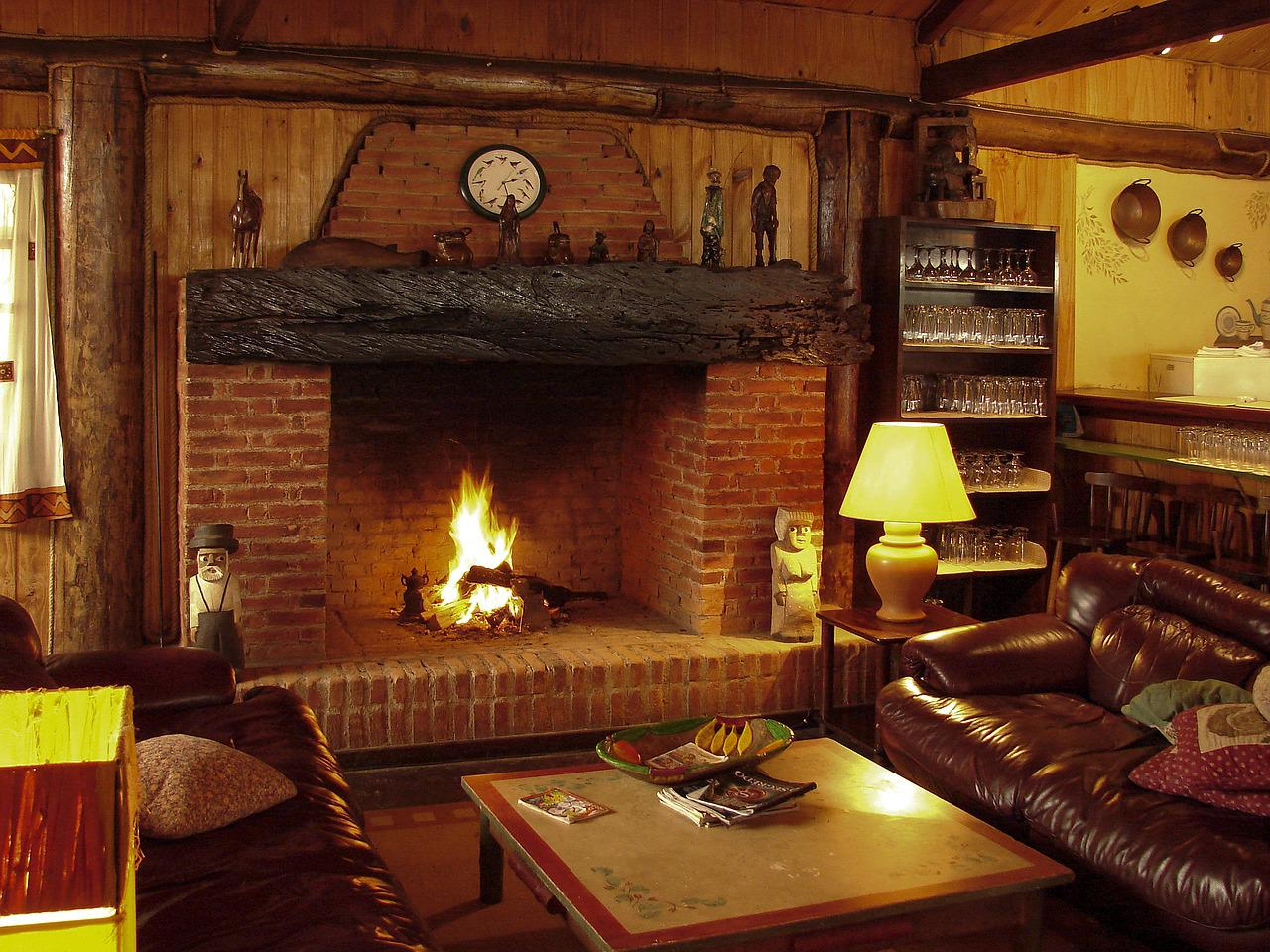If you are looking to install a gas fireplace in your home, you have several options to choose from. You can have a freestanding fireplace or a built-in model. Both are very common and can be used to create a warm and inviting atmosphere. A furnace is easy to install and requires little maintenance.
When selecting a furnace, consider the size and type of room you want to heat. For example, a home in a moderately cold climate may require a higher BTU capacity. A new construction may require a lower BTU output than an older home. Once you know the square footage of your room, you will know what size furnace to purchase.
Types
Gas fireplaces come in many forms, but they all have two important components in common: the gas fuel and the ignition system. The furnace will come with a manual for the operation of the fireplace and the manual will also provide detailed guidance on maintaining it. Most furnaces use electronic ignition, while other models use a standing pilot.
In either case, the user will need to know how to turn on and off the gas valve as well as manually ignite the gas. This process is fairly simple and easy for the average homeowner. Furnaces use natural gas to create heat, so they are eco-friendly, safe, and energy efficient.
They can also be installed using your home’s natural gas lines. These fireplaces offer a variety of features, including controls over flame height and temperature. You can choose from blazing blue fires or cozy crackles. Furnace inserts come in different sizes and shapes, and they can be vented or vent-free.
The type of venting you choose will determine the efficiency of the fireplace insert. Direct-vent models are the most efficient option if you’re retrofitting an existing fireplace. They hook directly to your chimney and direct heat from the fire to your living space. Other options are top-vent and B-vent, which vent to the outside.
Costs
Furnaces are a good option for those who want one without the hassle of cleaning a chimney. These units come with all the necessary components for installation. They can be installed inside an existing furnace or an exterior wall. They can also be installed inside the wall of a new building.
The installation cost for a furnace varies widely, and the price depends on the style of the unit and its location. You may also need to install a vent, which can add to the cost. Some units require alterations to the walls, while others are ready-made and only require hooking up to a line.
Installation costs can range anywhere from $300 to $3,000, with the average homeowner spending around $2,100. In addition to installation costs, furnaces also have maintenance and operation costs (https://en.wikipedia.org/operating_cost). The maintenance costs of furnaces depend on the type of ventilation system and the amount of fuel they use.
You should also consider the cost of natural gas and the provider. A furnace’s operating costs also vary depending on how much it uses per day. To get an accurate idea of the total operating costs, contact a Regency expert. These experts can also help you research the rates of your service provider and make sure you’re not getting screwed over.
Installation
Furnaces are self-contained units that can be installed in a home interior or exterior wall. Because they are prefabricated, they can be installed with minimal modifications. They range in size from small boxes to large cabinets with a built-in surround. They can be sleek and modern or traditional, depending on the look you are trying to achieve.
Before installing a furnace, check the local regulations regarding the installation of these appliances. In addition, before installation, be sure to follow the manufacturer’s installation instructions carefully. You will need to make sure that the fireplace has adequate clearance from combustible materials and that it is anchored to its support system.
In addition, you should inspect the furnace for proper operation, and replace any components or glass panels that have been damaged. You should also repair minor finish damage in accordance with the manufacturer’s instructions. There are a number of benefits to having a furnace installed in your home.
First, it saves energy, which means you’ll have lower heating costs. Second, machines like a Watson’s gas fireplace, add ambiance to the room. They are also easy to operate, which means they don’t interfere with power outages and are, thus, much more reliable.
You’ll need to consider how much it will cost to run the fireplace, and whether you need a vent pipe or not. Some models require modifications to walls, while others just require connecting the gas line to the room. Costs for installing a gas fireplace depend on the style of unit and its location.





